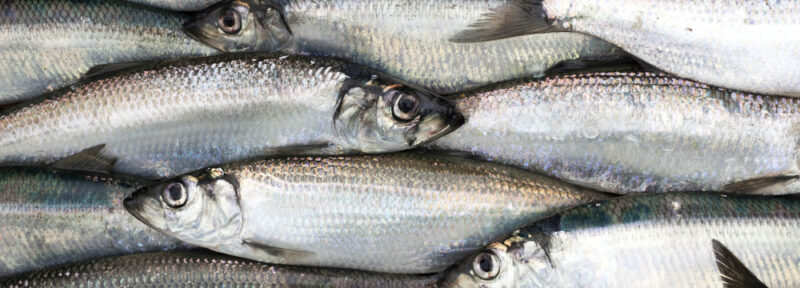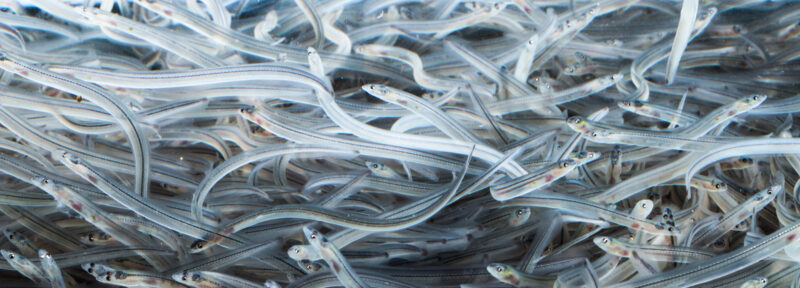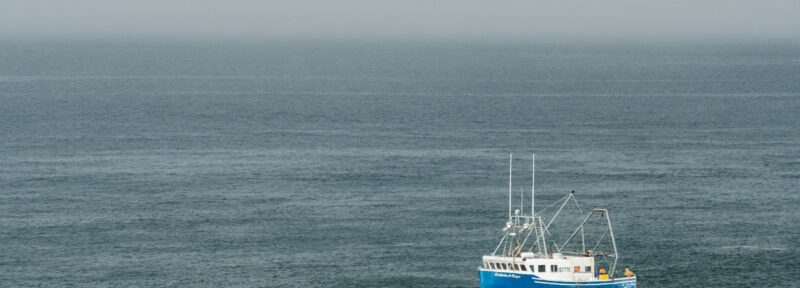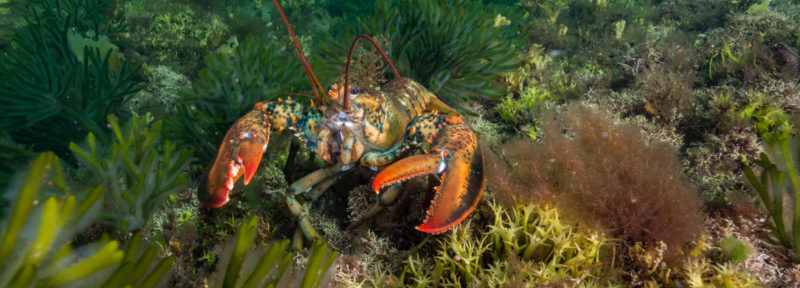As DFO Lifts Moratorium on Redfish, Oceans North Welcomes Low and Slow Approach
HALIFAX—The Minister of Fisheries and Oceans announced that Canada is reopening the Unit 1 redfish fishery in the Gulf of St. Lawrence, ending the official moratorium that has been in place for nearly three decades. The department has set an initial quota of 25,000 tonnes, with 10 percent allocated to Indigenous communities.
“The fact that redfish has reached historic levels after a long moratorium on fishing offers us a rare second chance to do things differently,” says John Couture, Senior Fisheries Advisor. “We’re hopeful that this can be done in a way that will benefit both the ecosystem and coastal communities in the long run.”
Redfish are long-lived, slow-growing fish that live along the deep ocean bottom and give birth to live young. After years of decline, the biomass in the Gulf of St. Lawrence grew considerably in the last decade to reach the highest level recorded. However, the growth rate of the fish that contributed to this huge increase is considered to be low, and since 2021 no additional growth in the population has been observed in the Gulf of St. Lawrence.
Most of the fishery for redfish will take place in the deep sea using trawl nets, which could potentially cause issues for other species that share the seafloor. “DFO is supposed to follow the principles of ecosystem-based management,” Couture says. “It’s important that we keep in mind the risk that depleted species such as white hake—as well as juveniles of other commercially important species such as Atlantic and Greenland halibut—could end up as bycatch.”
“There are other potential ecosystem impacts, as well,” adds Katie Schleit, Fisheries Director at Oceans North. “An increase in bottom trawling could disturb the sediment and cause an additional release of carbon from seabed areas in what’s already a climate hot spot. Furthermore, little is known about how changes to the ecosystem are impacting redfish, and similarly little is being considered in terms of how removing fish could affect the ecosystem.”
The economic benefits are similarly uncertain. Harvesters participating in the smaller experimental fishery are currently getting less than 50 cents per pound of redfish, with most of it being used for lobster bait. “A large increase in the redfish catch could reduce already low prices and erase potential gains for coastal communities,” Couture says. “It’s important that DFO continue to monitor the effects on the ecosystem and the market, both for the health of communities and the ocean.”
For more information or to arrange an interview, please contact:
Alex Tesar
Communications Manager
[email protected]




